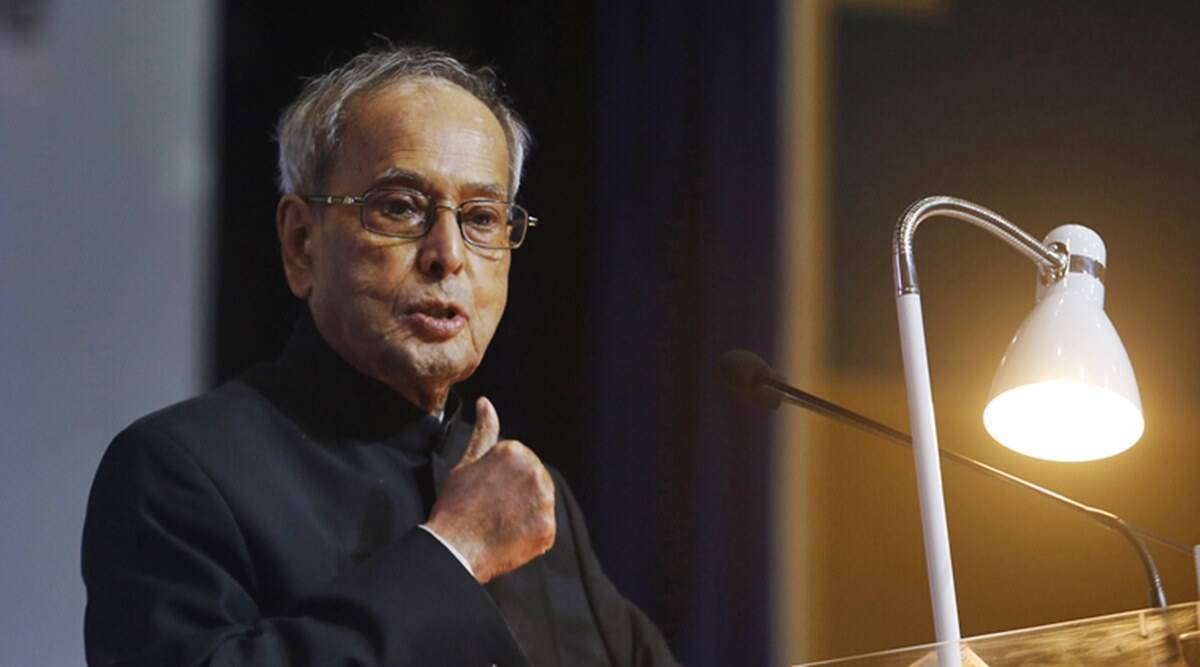Pranab Mukherjee expired today at the age of 84. The former President of India, who had tested positive for coronavirus, had been in coma after a brain surgery earlier this month.
“With a Heavy Heart , this is to inform you that my father Shri Pranab Mukherjee has just passed away inspite of the best efforts of Doctors of RR Hospital and prayers, duas and prarthanas from people throughout India ! I thank all of You,” his son Abhijit Mukherjee tweeted.
Soon after the demise the Centre announced seven days of state mourning for the former President. Prime Minister Narendra Modi paid tribute tribute, saying he was blessed to have Pranab Mukherjee’s guidance since he took office.
“India grieves the passing away of Bharat Ratna Pranab Mukherjee. He has left an indelible mark on the development trajectory of our nation. A scholar par excellence, a towering statesman, he was admired across the political spectrum and by all sections of society,” the PM said in tweets. “I was new to Delhi in 2014. From Day 1, I was blessed to have the guidance, support and blessings of Shri Pranab Mukherjee. I will always cherish my interactions with him. Condolences to his family, friends, admirers and supporters across India. Om Shanti,” he wrote.
Here’s a look at the Pranab Mukherjee’s illustrious career, as he was affectionately called as one of India’s most-respected politicians.
Mukherjee received his first ministerial assignment in the Indira Gandhi in 1973, first as junior minister of industrial development. Within two years, he was elevated as a deputy minister with independent charge of revenue and banking departments. Mukherjee quickly made headlines with a crackdown on the then Bombay smuggling underworld don Haji Mastan.
In 1982, shortly after Gandhi returned to power from the post-Emergency oblivion, she appointed Mukherjee as India’s finance minister, replacing R Venkataraman.
As finance minister, Mukherjee had fiery innings. He surprised the world by sending back a $1.1 billion instalment of the International Monetary Fund (IMF) loan. He also opened the NRI investment window, which pioneered sweeping changes in India’s image as a destination of foreign funds.
Mukherjee also played a pivotal role in helping the India-US civil nuclear agreement.
Among some of his crucial decisions were setting up regional rural banks (1975) and the EXIM Bank of India as well as National Bank for Agriculture and Rural Development (1981-82).
Mukherjee served the country as its 13th President for five years from 2012 to 2017.





